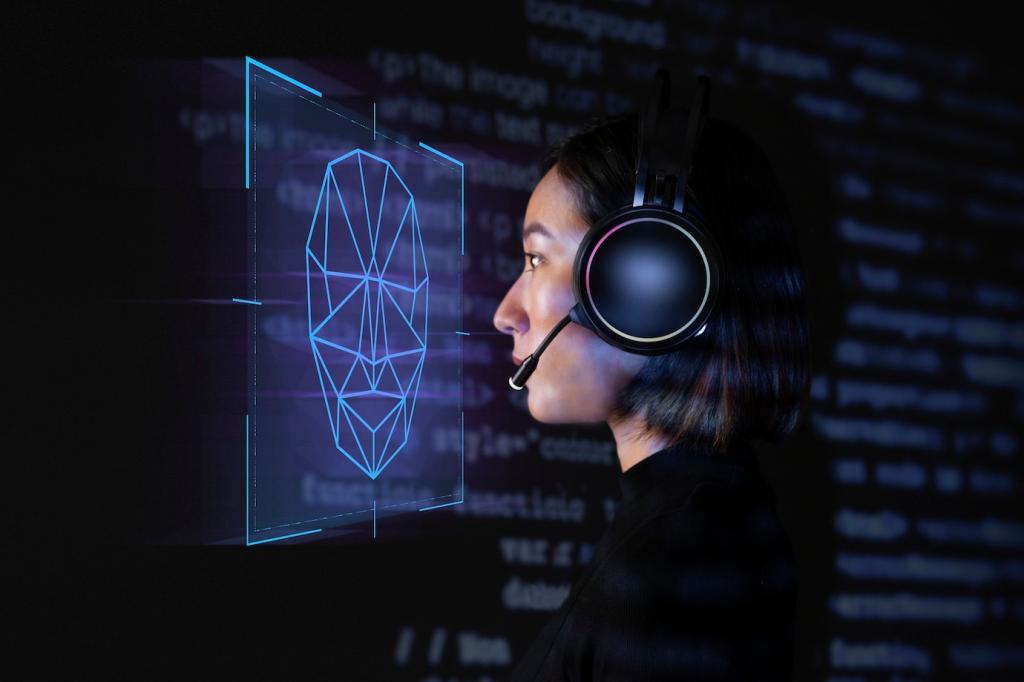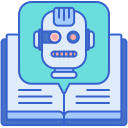This website uses cookies so that we can provide you with the best user experience possible. Cookie information is stored in your browser and performs functions such as recognising you when you return to our website and helping our team to understand which sections of the website you find most interesting and useful.

Revolutionizing Classroom Environments with AI
Artificial Intelligence (AI) is transforming how education is delivered, experienced, and managed in modern classrooms. By integrating intelligent technologies, educators can tailor instruction, streamline administrative tasks, and foster richer, more dynamic learning experiences. This advancement does not merely automate routine work but redefines how teachers interact with students, how students engage with content, and how environments adapt to diverse needs. As AI becomes more prevalent in education, understanding its implications and possible applications is key to harnessing its full potential. This page explores the various dimensions of how AI is revolutionizing classroom environments and what the future may hold for learners and educators alike.

